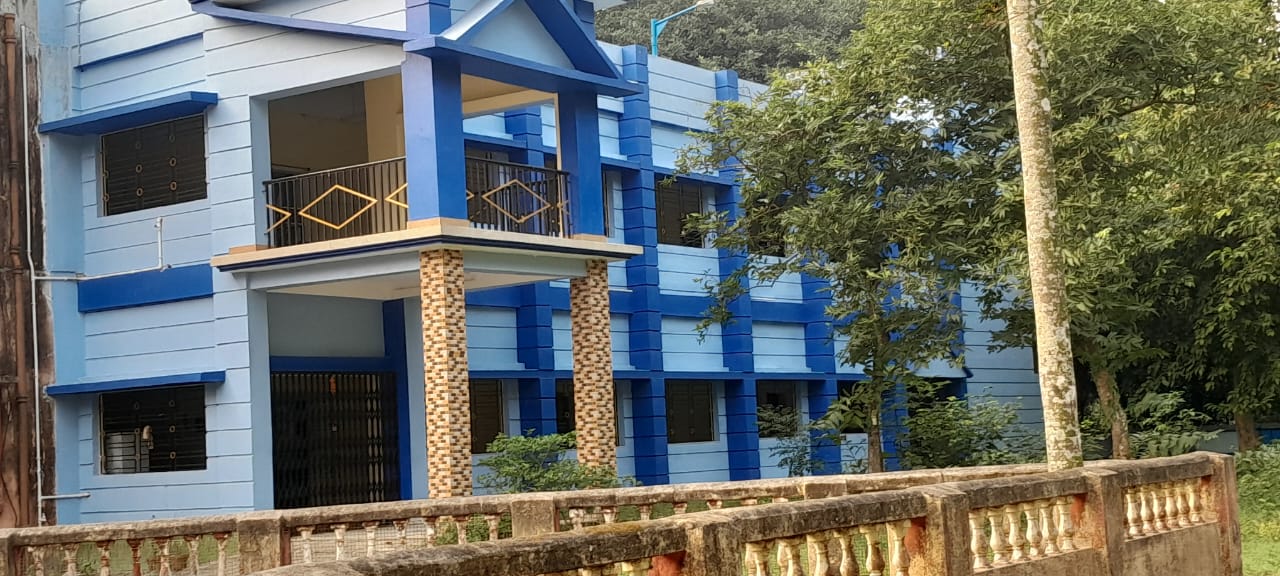About Us:
Banipur in the district of North 24 Parganas in West Bengal is a small township about 46 km away from Kolkata. It has a number of educational institutions from Primary Schools to Govt. College of Education (CTE), Post Graduate Govt. Institute etc. Over the years may be due to a large number of academic institutions it has developed its own educational ambience, a prerequisite needed for imparting /receiving learning in the proper sense of the word. Banipur has its own tradition in the academic sphere. It has the serenity, a natural environment which touches every soul visiting the place. Its flora and fauna never fails to impress the visitor.
Introduction:
After the establishment of NPE (1986) and POA (1986) and following the Article No. 41 in Indian Constitution Govt. of India and State Govt. was very much interested with the educational progress specially in the elementary level. The goal of UEE was enrollment and retention of the children in the elementary level gaining minimum level of learning. The first one was quantitative and the second one was qualitative which gave birth to a necessity to a substantial improvement in the quality of education. Also in the case of adult education NLM was formed. To achieve the above goals some inputs were felt to be very important like a) Finance & Physical structure (Building & Equipment), b) Involvement of the community, c) Planning and Management, d) Formation of curricula, text books, pedagogical inputs, preparation of LTM, e) Strategy for learners from disadvantaged groups, f) Teaching and guidance to the teachers and instructors and applying new evaluation system. The importance of the academic and resource support to the teachers was over-emphasized and was given by different organization like NCERT, NUEPA, SCERTs, Central Directorate of Adult Education and also SRCs at the state level. Below the state level some training organization were there which were meant for the pre-service teachers. But after the introduction of NPE and POA an additional third district-level tier was considered to be introduced to the support system in the name of District Institute of Education and Training (DIET). Throughout the country there were many districts where both the number of elementary schools and teacher training Institutes were huge without some sort of organizations which can arrange for training both in-service and pre-service, provide LTM throughout the year and re-organize and re-structure teacher education. So the Govt. suggested and recommended the formation of DIETs which would serve as the lower rung of the support system, the apex organization being NCERT.
A DIET would comprise of the following seven academic branches:-
-
Pre-service Teacher Education (PSTE) Branch.
-
Work Experience (WE) Branch.
-
District Resource Unit (DRU) for Adult and Non-formal education.
-
In-Service Programmes, Field Interaction and Innovation Co-ordination (IFIC) Branch.
-
Curriculum, Material Development and Evaluation (CMDE) Branch.
-
Educational Technology (ET) Branch.
-
Planning and Management (P&M) Branch.
